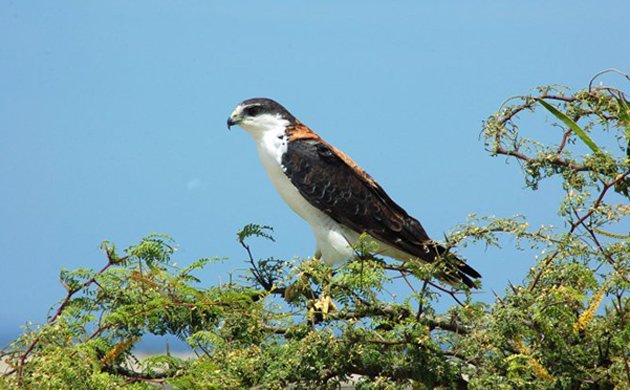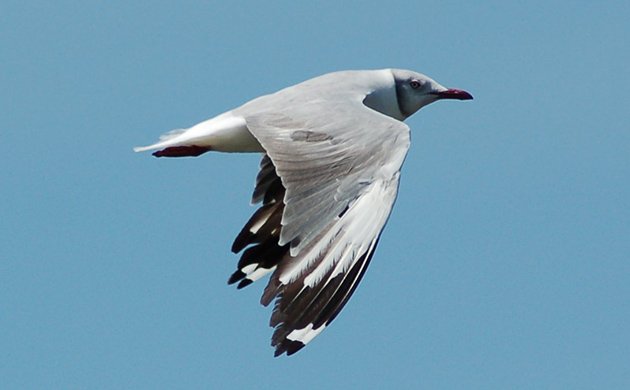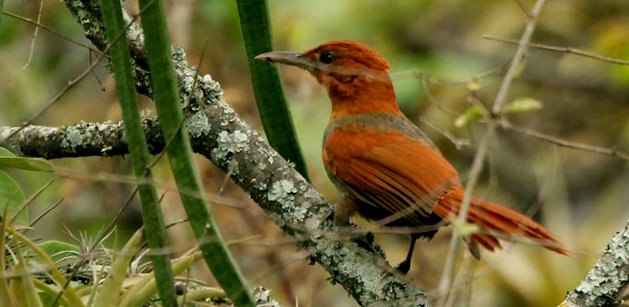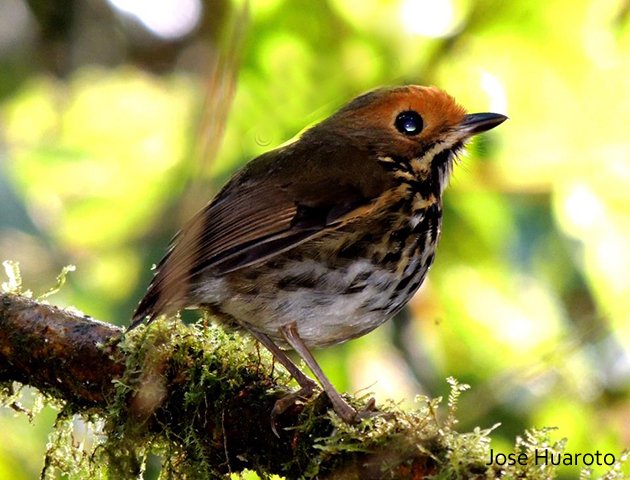
I was incredibly lucky to be invited –again- to participate on the second edition of the World Birding Rally Challenge in Northern Peru. I participated on the first edition of this event in 2013 as a support member for the South African team. This time however, I am a lead member of a participating team. It is an improvement in ranks, but it comes with new responsibilities and obligations that at the end of the day take away from having fun birding along this amazing route.
Four teams with renowned birders from United States, South Africa and United Kingdom will travel through the diverse and endemic bird rich region of Northern Peru, from May 12 thought May 20, 2014. The route covers a 1503-km search area across twelve life zones, from the sandy beaches of coastal Lambayeque, through the high Andes, the east slope, and eastern foothills in Amazonian San Martin. This 8-day itinerary allowed last year’s teams to register a total of 864 species (10% of all bird species throughout the world), with 34 endemics among them.
Gray-hooded Gull. Photo Credit: Diego Garcia Olaechea.
The month of May is spring time in the Northern Hemisphere, which corresponds to the Fall Season in the Southern Hemisphere. Trees in the Tumbesian deciduous forest begin to turn brown and drop their leafs allowing for better visibility. Skulkers such a antpittas, crescenchests, ovenbirds, and brush-finches are easier to see as foliage becomes progressively thinner. It is the month of May when Black and White Tanagers, Gray-capped Cuckoos, and Slaty Thrushes begin to leave the region to unknown destination. Where these birds come from and where they go after their short breeding season in the Tumbesian region of Northern Peru is still poorly understood. The improvement in visibility and not rain in the forecast from May on marks the beginning of the ideal time to bird the endemic rich region of Northern Peru.
Henna Hooded Foliage-Gleaner. Photo Credit: Jorge Novoa.
The idea behind this birding rally is to highlight Peru as a birding and nature travel destination. Most of the predetermined stops are popular birding sites. Other stops included short visits with local authorities at the communities that own these sites and other bird habitat. The idea is that by engaging these communities, local people would not only take pride and protect these sites, but also will see them as potential sources of revenue as visitors pay small entrance fees and spend money hiring services and purchasing goods from these communities. The organizers, the Peruvian Tourism Board (PromPeru) and Inkaterra Hotels Association, see this event as an opportunity to foster environmental awareness and introduce the idea of bird habitat conservation.
Ochre-fronted Antpitta. Photo credit: Jose Huaroto.
During the 2013 World Birding Rally Challenge in Northern Peru, local communities embraced the idea in ways that exceeded expectations. Participating teams were received and greeted as locals would greet government authorities and celebrities. Everyone in these communities became aware of this event and I am sure now has a better understanding of what birding and eco-tourism are. The second edition of the World Birding Rally Challenge is an ideal follow up to the grand idea of bird habitat conservation through eco-tourism in Northern Peru.
See more about the World Birding Rally in Northern Peru.
Featured Photo: Variable Hawk. Photo credit: Diego Garcia Olaechea.
















Good luck!
I’ll be birding the deserts of western Kazakhstan during the second week of May, where I hope to record between 40 and 45 species. Almost the same, really! 😉
Thanks Jochen,
Someday I’d love to explore the deserts of western Kazakhstan. Those 45 species must be somewhat unique to the region. Good luck there!!
Awesome! Good luck!